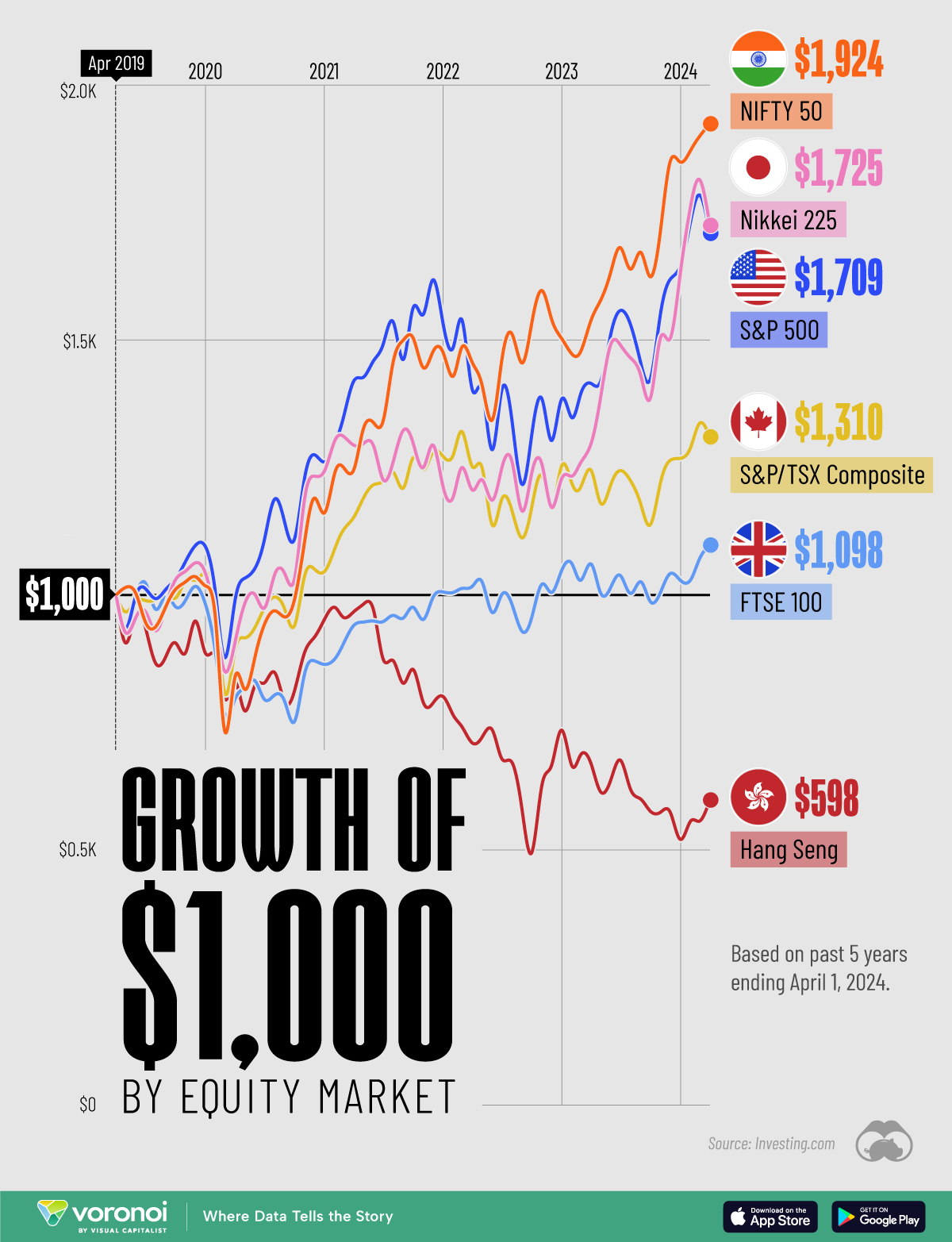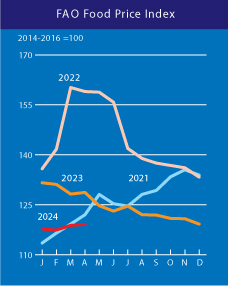And it gets even more phantasmagoric when it trains on synthetic data (or Wikipedia).
Today we launched ChatGPT,” a chirpy Sam Altman posted on Twitter one day in the fall of 2022.
Altman went on to describe a sort of ladder of progress that humanity
had just begun to climb. “Soon, you will be able to have helpful
assistants that talk to you, answer questions, and give advice,” he
promised. After that, “you can have something that goes off and does
tasks for you.” His creation will be our eager protégé — our bright
intern, piping up judiciously. Then it will be our homunculus, trusted
with the grunt work.
What next? “Eventually you can have something that goes off and
discovers new knowledge for you.” At the top of the ladder will be an AI
capable of seeking enlightenment … and bringing it back to us. “Talk to
the computer (voice or text) and get what you want, for increasingly
complex definitions of ‘want’!”
There is an uneasy pairing here with the way we are used to thinking
about AI. According to Altman, AI is there to serve you. It will talk to
you, do for you, discover for you. It will give you what you want. It
will really give you what you want, under ever “increasingly complex definitions.”
But the classic idea found in sci-fi, in both utopian fantasies of
the end of human toil and doomer prophesies of the end of human
existence, is that AI goes beyond us. Everyone now arguing about the
shifting-goalpost vision of “general” artificial intelligence agrees
that it would be something capable of beating us at our own games,
cognitively and otherwise. In OpenAI’s charter, the endgame is the creation of “autonomous systems” that “outperform humans at most economically valuable work.”
What is happening here, and for whom? The answer is an impossible
dream, one that has been suffusing our digital lives for a while now.
Call it the for you paradox.
(Not) For You
Here is the paradox.
First: Everything is for you. TikTok’s signature page says it, and
so, in their own way, do the recommendation engines of all social media.
Streaming platforms triangulate your tastes, brand “engagements”
solicit feedback for a better experience next time, Google Maps asks
where you want to go, Siri and Alexa wait in limbo for reply. Dating
apps present our most “compatible” matches. Sacrifices in personal data
pay (at least some) dividends in closer tailoring. Our phones fit our
palms like lovers’ hands. Consumer goods reach us in two days or less,
or, if we prefer, our mobile orders are ready when we walk into our
local franchise. Touchless, frictionless, we move toward perfect
inertia, skimming engineered curves in the direction of our anticipated
desires.
Second: Nothing is for you. That is, you specifically, you as an
individual human person, with three dimensions and password-retrieval
answers that actually mean something. We all know by now that “the
algorithm,” that godlike personification, is fickle. Targeted ads follow
you after you buy the product. Spotify thinks lullabies are your jam
because for a couple weeks one put your child to sleep. Watch a
political video, get invited down the primrose path to conspiracy. The
truth of aggregation, of metadata, is that the for you of it
all gets its power from modeling everyone who is not, in fact, you. You
are typological, a predictable deviation from the mean. The “you” that
your devices know is a shadow of where your data-peers have been. Worse,
the “you” that your doctor, your insurance company, or your banker
knows is a shadow of your demographic peers. And sometimes the model is
arrayed against you. A 2016 ProPublica investigation
found that if you are Black and coming up for sentencing before a judge
who relies on a criminal sentencing algorithm, you are twice as likely
to be mistakenly deemed at high risk for reoffending than your white
counterpart.
Whoever you are, the algorithms’ for you promise at some
point rings hollow. The simple math of automation is that the more the
machines are there to talk to us, the less someone else will. Get told
how important your call is to us, in endless perfect repetition. Prove
you’re a person to Captcha, and (if you’re like me) sometimes fail. Post
a comment on TikTok or YouTube knowing that it will be swallowed by its
only likely reader, the optimizing feed.
Offline, the shadow of depersonalization follows. Physical spaces are
atomized and standardized into what we have long been calling brick and
mortar. QR, a language readable only to the machines, proliferates. The
world becomes a little less legible. Want to order at this restaurant?
You need your phone as translator, as intermediary, in this its newly
native land.
The algorithm has an aesthetic in real life, which you’ll recognize if you’ve ever been in what Kyle Chayka has called “AirSpace”
(and you have): the sameiness of Japandi semi-midcentury modern, now
shaded into ‘70s and ‘80s redux: large leafy plants, tasteful minimalism
and its studied, equally samey instances of backlash; terrazzo, blond
wood, concrete and soaring ceilings. Once this land was millennial pink,
Edison bulbs, fiddle-leaf ferns, painted arches, velvet statement
couches. It will keep evolving but you will know it regardless, from
gentrifying coffee shops, exurb Airbnbs, hotel lobby makeovers, startup
offices, direct-to-consumer pop-ups, or from the Instagrams of any of
same. Sit inside one of these spaces, anywhere, and ask: Is it for
anyone? And who am I, if this is for me?
Other spaces feel like stand-ins for the simulation, with you as
avatar. Ascend the plane of the Apple Store, in which the Geniuses hold
the real arbiters of order, their iPads. Wander into the burrito place
operating several ghost kitchens and feel like you’re doing something
wrong by ordering at the counter. Banks take up once-prime real estate
even as their purpose, in real life, becomes less clear — if you’re
there it’s probably for some version of tech support. Next to the
reception desk at the doctor’s office is the screen kiosk where you
actually sign in. I was told at a gym that I could only sign up for its
services online; the same for a vaccine appointment at CVS. Things that
concerned my body could not be addressed in the flesh.
Our receptionists and tellers are just doing their jobs, of course,
amid the strangeness of being supplanted. Our new AIs ask lightly if
they can help, echoing the staff at the grocery store, drug store,
airport — forced to hover like purgatorial spirits. Laura Preston has written
about her time working for a real estate firm to train the chatbot that
would replace her. For consumers and workers alike, the benefits of
this hybrid world have been unevenly reaped.
This is hardly the first time we’ve seen the real world reshaped to
fit a dubious idea of efficiency and service. In the mid-twentieth
century this country was remade for a machine: the car. Highways
bisected cities, urban sprawl siphoned commerce, parking paved over
watersheds. The promise of individuation — a single-family house of
one’s own — turned to suburban isolation and deeper segregation. Traffic
was optimized. For many, the realization has come that maybe this grand
new age wasn’t entirely made in mind of how humans and their
communities thrive. (Some, like Jane Jacobs, always knew.)....






